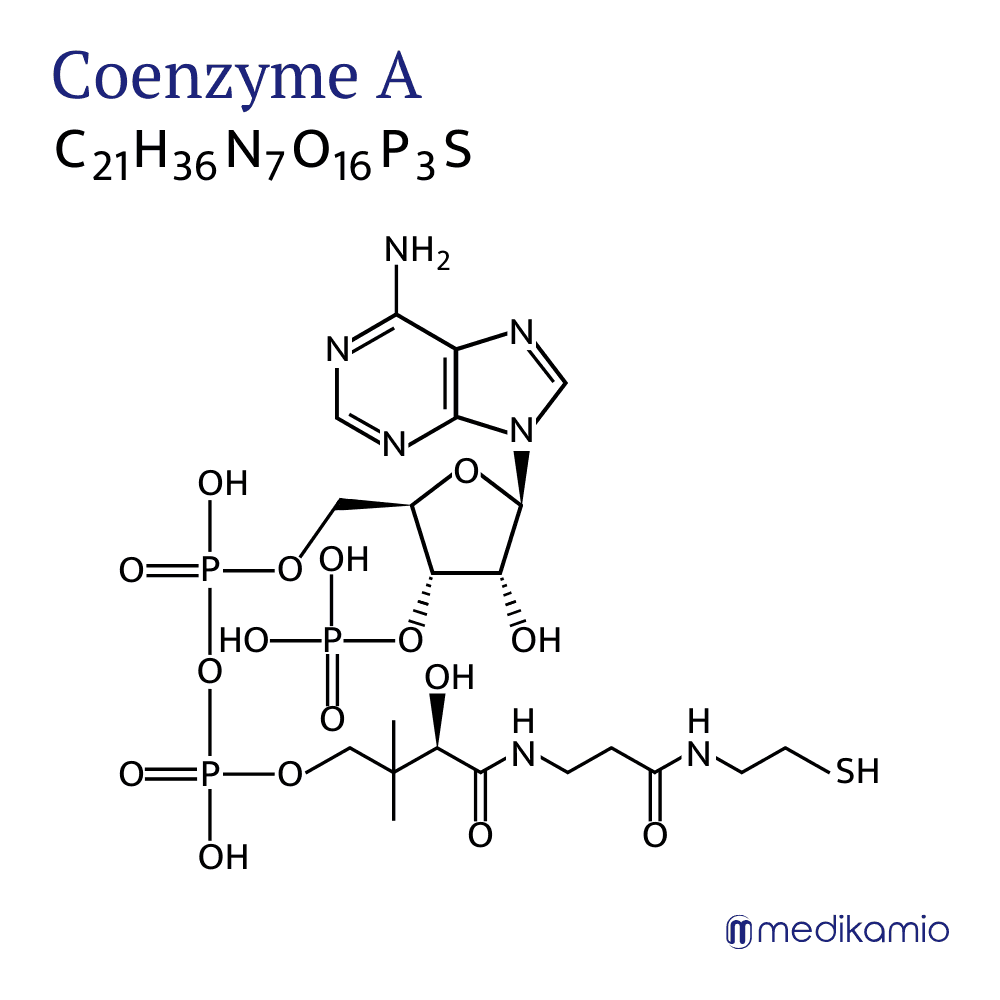Basics
Coenzyme A is not so much an active ingredient as a key enzyme in numerous processes in our body. It contributes significantly to cell metabolism, is involved in fatty acid metabolism and ensures the correct synthesis of pantothenic acid, also known as vitamin B5. Coenzyme A is also one of the most important key players in the body's energy supply. It is involved in the oxidation of pyruvate in the citrate cycle. Pharmaceutically, it can be used as a supplement for the treatment of acne. Here it is used as a homeopathic remedy.

